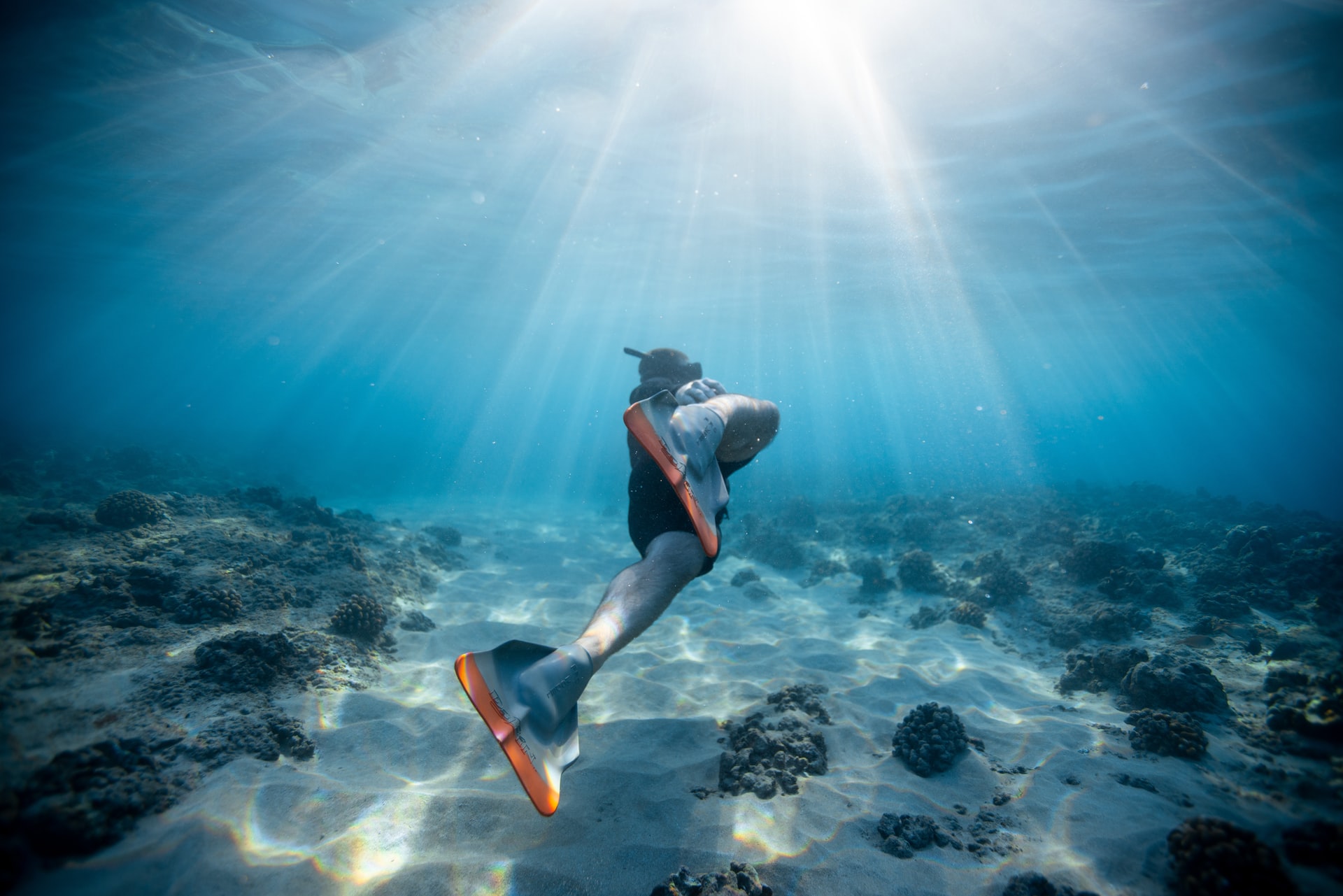If you’ve already tried snorkeling, it was most probably from a beach or perhaps an anchored boat.
In both cases, you and your snorkel buddy swim off together to see what you can find, and then when it’s time, come back to the place you started from.
If you want to see as much as possible underwater, did you ever have the feeling that it’s a shame to have to return and cover the same ground?
With drift snorkeling, you’ll start at one place and finish at another, carried by a current, and can continue making discoveries.
If that sounds appealing, let’s take a look at everything involved.
- What Is Drift Snorkeling?
- How Is Drift Snorkeling Different From Normal Snorkeling?
- Do I Need Special Training for Drift Snorkeling?
- Do I Need Special Equipment for Drift Snorkeling?
- Is Drift Snorkeling More Dangerous?
- Is Drift Snorkeling More Fun?
- Can I Drift Snorkel Anywhere?
- Conclusion
- You Might Also Like…
Disclosure: this post contains affiliate links (clearly marked with ), which means we may earn a commission if you buy something through them, at no additional cost to you.
What Is Drift Snorkeling?
When drift snorkeling, you’ll begin at one spot and finish at another.
If there’s a current, you’ll drift pleasantly along with it, enjoying the views below, so it can be quite relaxing.
Typically, drift snorkeling is made from a boat that will drop you off and then come and pick you up when it’s time to end the journey.
It’s also possible to drift snorkel from the shore if there is a current running parallel to it, and you have safe exit points freely available that you can use.
Drift snorkeling is usually done in the sea along coral reefs, but in specific locations can also be done in rivers.
How Is Drift Snorkeling Different From Normal Snorkeling?
You Can Cover More Distance
With regular snorkeling from a beach or an anchored boat, you need to come back to the same place where you started from.
This means that you will cover the same area on your return journey.
With drift snorkeling, you get to travel a greater distance between the start and finish and perhaps see more.
Drift Snorkeling Can Be Less Strenuous
When making a regular snorkel excursion, you should always start swimming into any current that is present so that when it’s time to go back to the start point, and you’re possibly more tired, the current will help you.
When drift snorkeling, you go with the current and so will save a lot of energy as you’re carried along and just need to use your fins for minor adjustments.
There might be some situations where you have to swim against the current briefly or swim away from the reef, for example, so that the boat can get you.
So you should still be prepared and able for a little bit of work.
You Can Access Locations That Wouldn’t Be Possible for Regular Snorkeling
In some locations, the current is too strong for you to come back to a fixed exit point.
As you go with the current, drift snorkeling makes it possible to enjoy these areas safely.
Drift Snorkeling Needs a Boat and Requires Planning (In Most Cases)
Most normal snorkeling is carried out from a beach, and you and your buddy can head out for as long as you like.
Drift snorkeling is mainly done from a boat, and so planning and coordination are needed with the boat crew, any other snorkeling group members, and the snorkel guide.
Procedures need to be agreed upon and adhered to, so drift snorkeling is more restrictive in some respects.
You need to stay together as a group in the water with the snorkel guide and can’t just head off wherever you like for as long as you want.
Drift snorkeling from the land, along a shore reef or a river, should also have surface cover present so that someone can assist if your plan should go wrong or even just to assist with exiting comfortably.
Drift Snorkeling Is Usually More Expensive
Because it often uses a boat, drift snorkeling is likely to be more expensive than regular snorkeling.
Do I Need Special Training for Drift Snorkeling?
While specific training might not be necessary, it is wise to take local advice beforehand and, depending on the environment and rules, have a guide with you for drift snorkeling.
Drift snorkeling is generally made in deeper water, so it’s best to be comfortable and experienced with that.
Although it’s expected that for most of the time you’ll be drifting with the current, there might be periods where you have to swim against it, so you should be practiced with swimming in your snorkel fins and have a good technique if strong swimming is needed.
The locations where drift snorkeling trips are made might be more susceptible to waves, and so you’ll need to be competent at clearing your mask and snorkel of any water without taking it off in case the conditions will make that difficult.
If you need to gain experience and confidence, it’s best to try in calmer conditions before making a drift trip.
It’s necessary to have pre-agreed procedures, and on guided excursions, always listen carefully to the pre-snorkel briefing to understand all the required rules and safety information, especially anything that is location-specific.
In advance, with the guide if present, you will agree with your buddy, other snorkelers, and the surface cover:
- Maximum snorkel time
- Direction of travel
- Buddy teams
- Group procedures
- Method for signaling to the boat (or land-based surface cover)
- Planned place of exit
- Exit procedures
- Contingency plans
All of these can depend on the local environment and will be subject to modification if the conditions change, for example.
Do I Need Special Equipment for Drift Snorkeling?
Standard snorkel equipment can be used for drift snorkeling.
It is recommended that all group members wear snorkel vests so that they can inflate them if they need extra buoyancy to float comfortably, for example, if the boat was delayed in collecting them.
So that your boat and any others in the area can see you easily, it’s recommended that the group carries a brightly colored signal float.
Is Drift Snorkeling More Dangerous?
As drift snorkeling is usually done where currents are present, there are some increased dangers over calmer waters that could include:
- Increased risk of separation from buddy, group, or boat
If not paying attention or distracted by an exciting sighting, it is easier to get separated as you or the rest of the group can be moved quickly away by the current.
- Risk of injury from coral or rocks
As you’re drifting with the current, you’ll need to pay extra attention so as not to get into a situation where you’re being pushed into coral or onto rocks.
- More likely to have to clear snorkel of water
Drift snorkeling is often done in areas where there are waves, so you might have to clear water from your snorkel more often.
It’s worth looking at investing in one that has a valve at the top to help stop any occasional splashes from coming in.
Is Drift Snorkeling More Fun?
Drift snorkeling lets you visit sites that might not otherwise be available to you due to the currents or allows you to cover a greater distance by not having to turn back.
You can often see different or a wider variety of underwater life as generally, the more current there is, the more life there will be.
Many people enjoy being carried along and being a passive watcher rather than actively swimming from point to point.
For these reasons, you might enjoy drift snorkeling greatly, but others might find more relaxed, traditional snorkeling more to their taste.
As always, it’s essential to do whatever you enjoy the most.
Can I Drift Snorkel Anywhere?
You can drift snorkel anywhere that either a boat can drop you off and pick you up again, or where you can enter the water and safely exit anywhere to land.
Environmental factors like strong waves, powerful currents, or poor visibility will limit drift snorkeling just like they would any other kind.
Conclusion
Drift snorkeling is a fantastic and often more relaxed way to see the magical underwater environment.
As you float along, carried by a current, you can concentrate on taking in the view rather than worrying about turning back for a swim over the same area to reach your exit point.
Drift snorkeling allows access to areas that otherwise you might not be able to visit and, with the right experience, can provide some of the most fun you can have.
You Might Also Like…
-

Can You Drown Snorkeling? 11 Common Reasons (+Helpful Tips)
-

Can I Use Snorkeling Fins for Bodyboarding? Pros & Cons (+6 Tips)
-

What Colors to Avoid When Snorkeling? (& Which You Should Wear)
-

Is It Safe to Fly After Snorkeling? What You Should Know (+4 Tips)
-
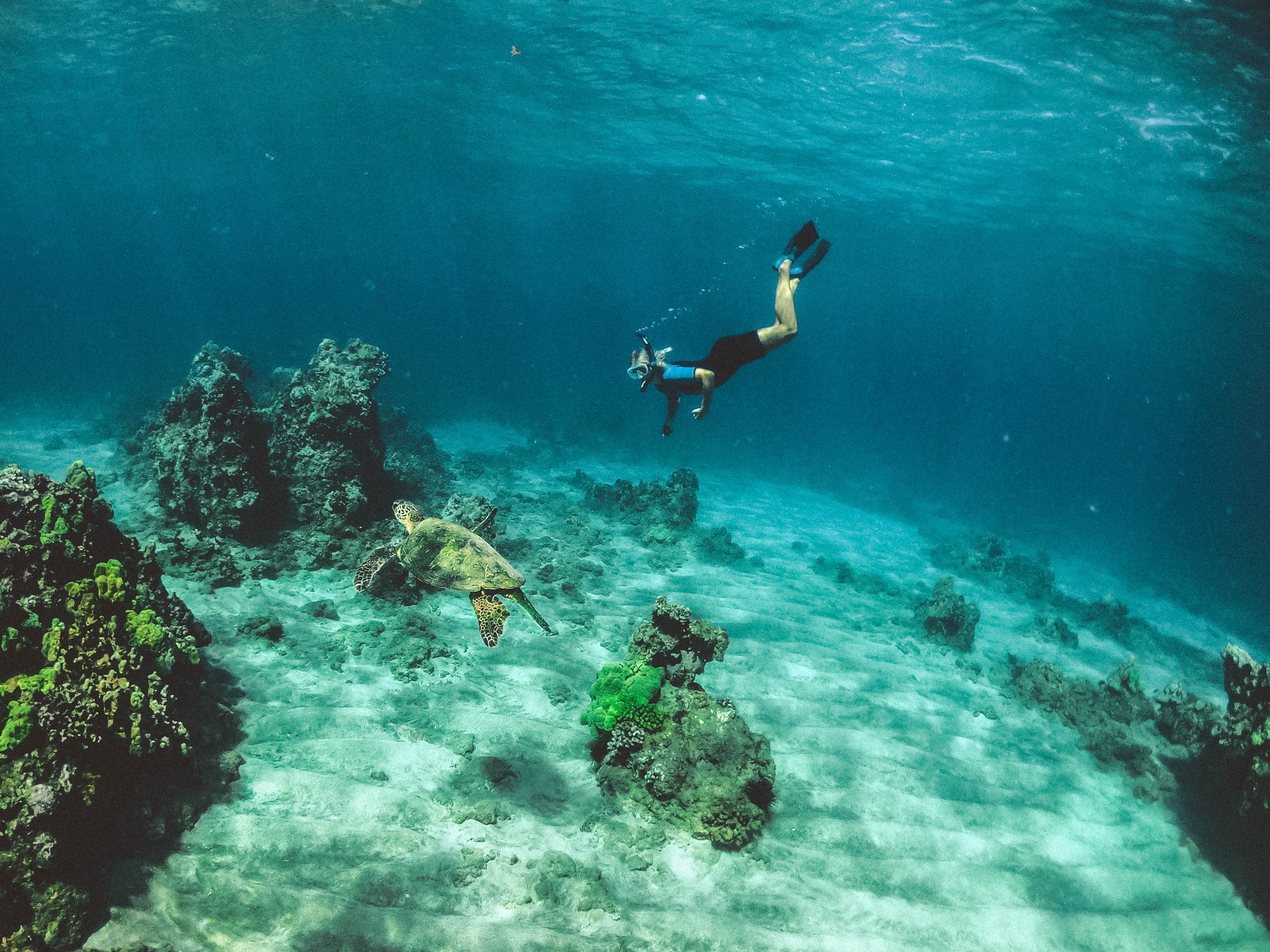
Can’t Hear After Snorkeling? 3 Possible Causes (& Solutions)
-
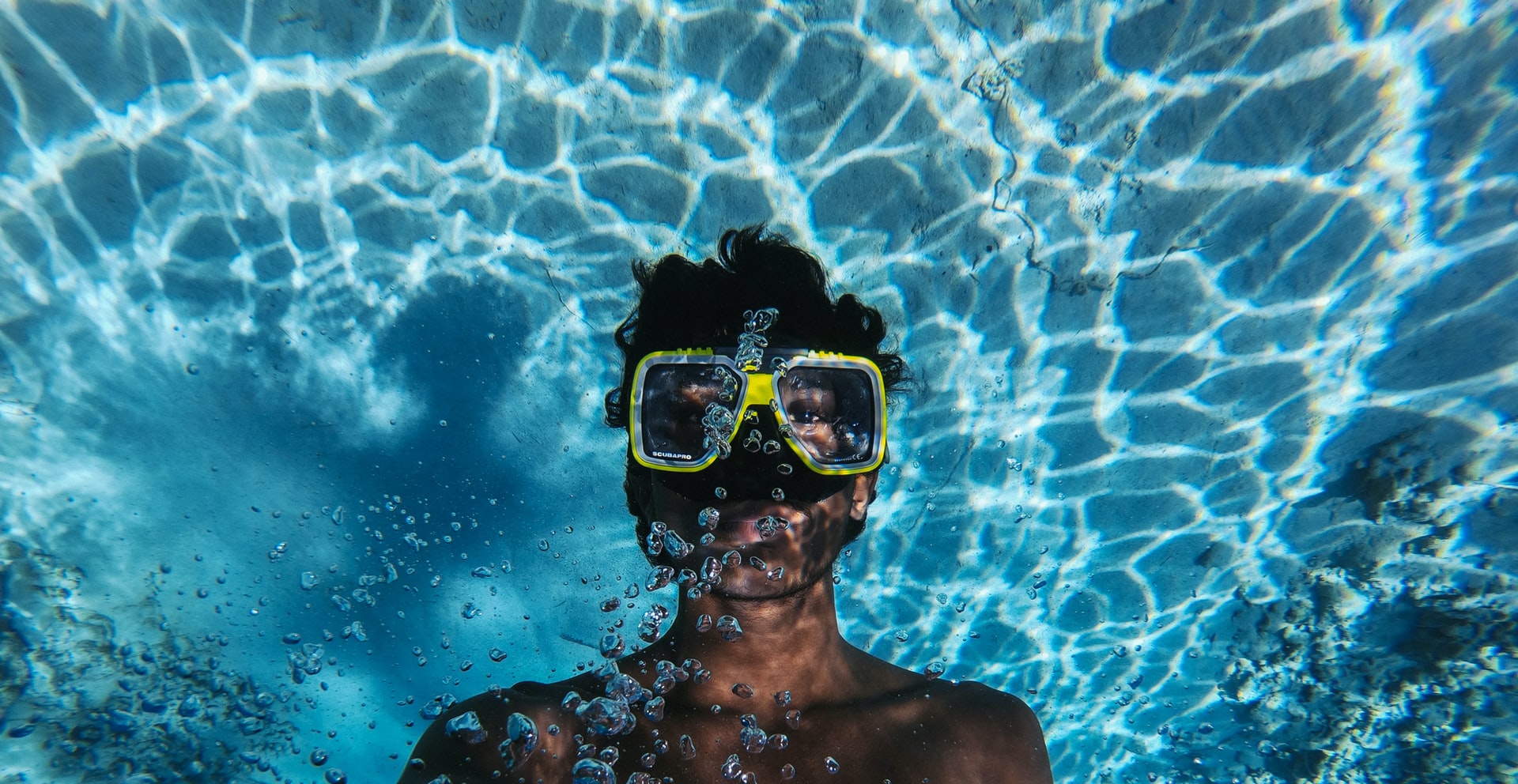
Can Snorkeling Cause a Sinus Infection? (+9 Tips to Avoid It)
-
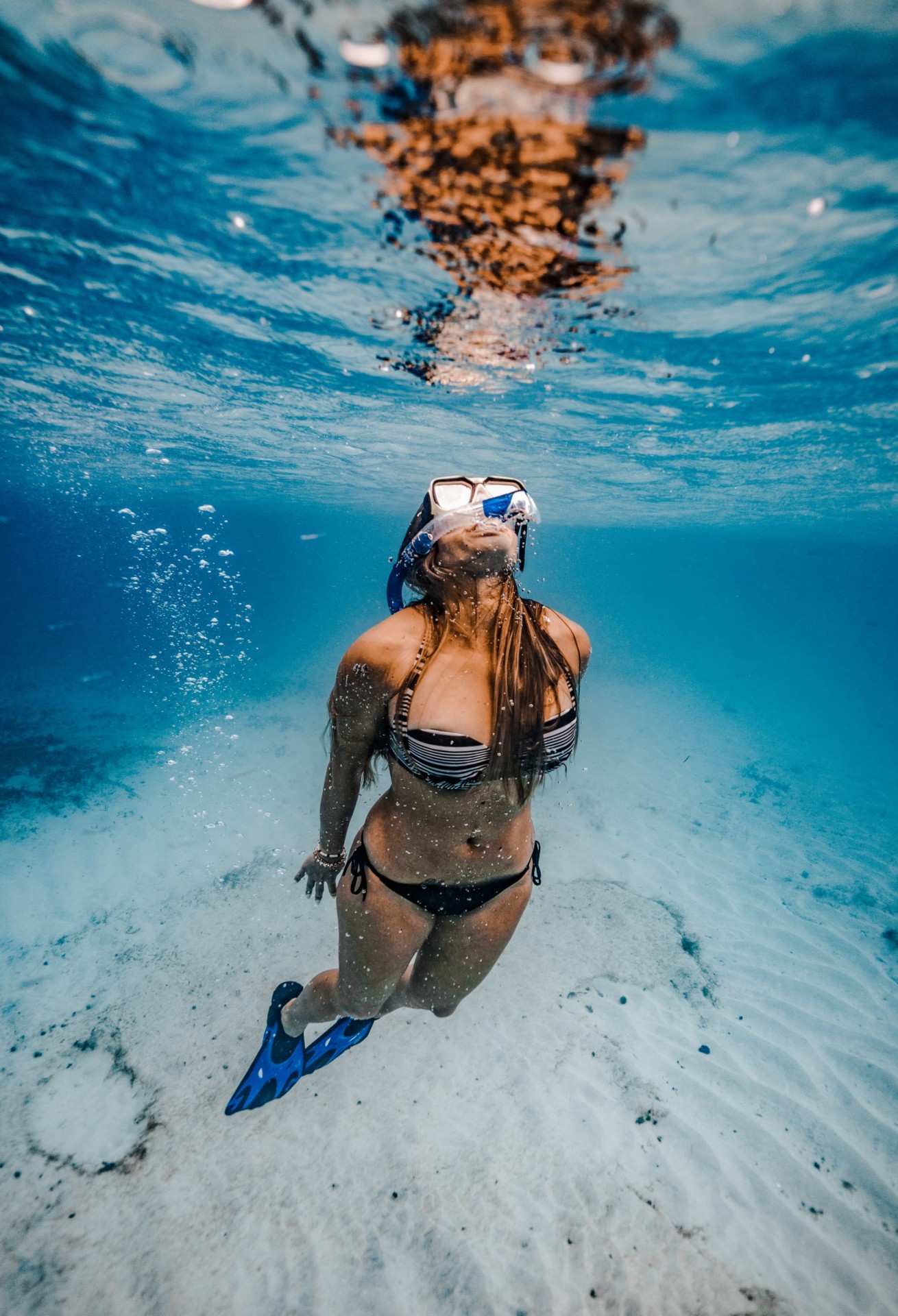
Can Snorkeling Cause a Sore Throat? 8 Common Causes (+Tips)
-
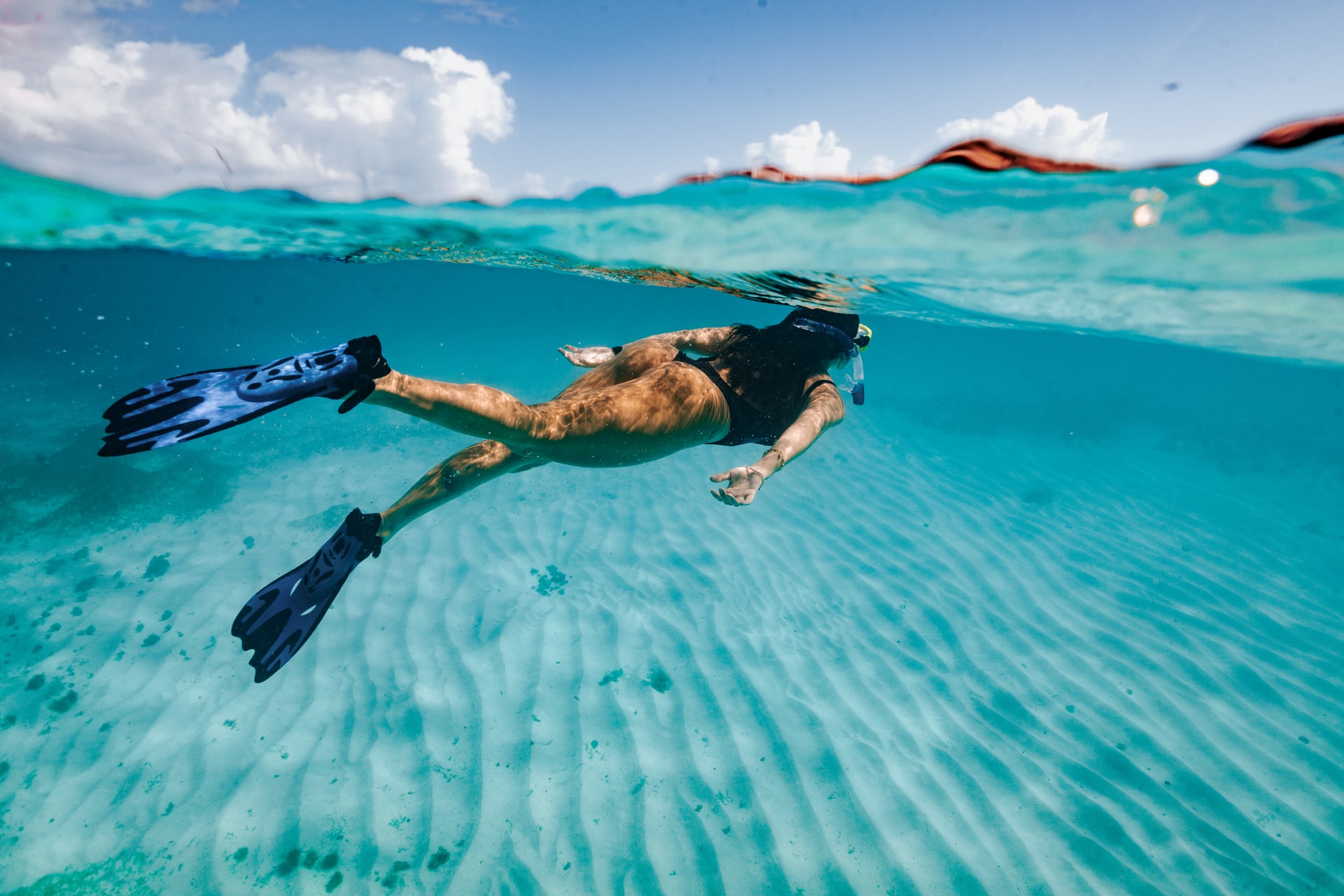
Can Snorkeling Cause Vertigo? (+8 Tips to Avoid It)
-
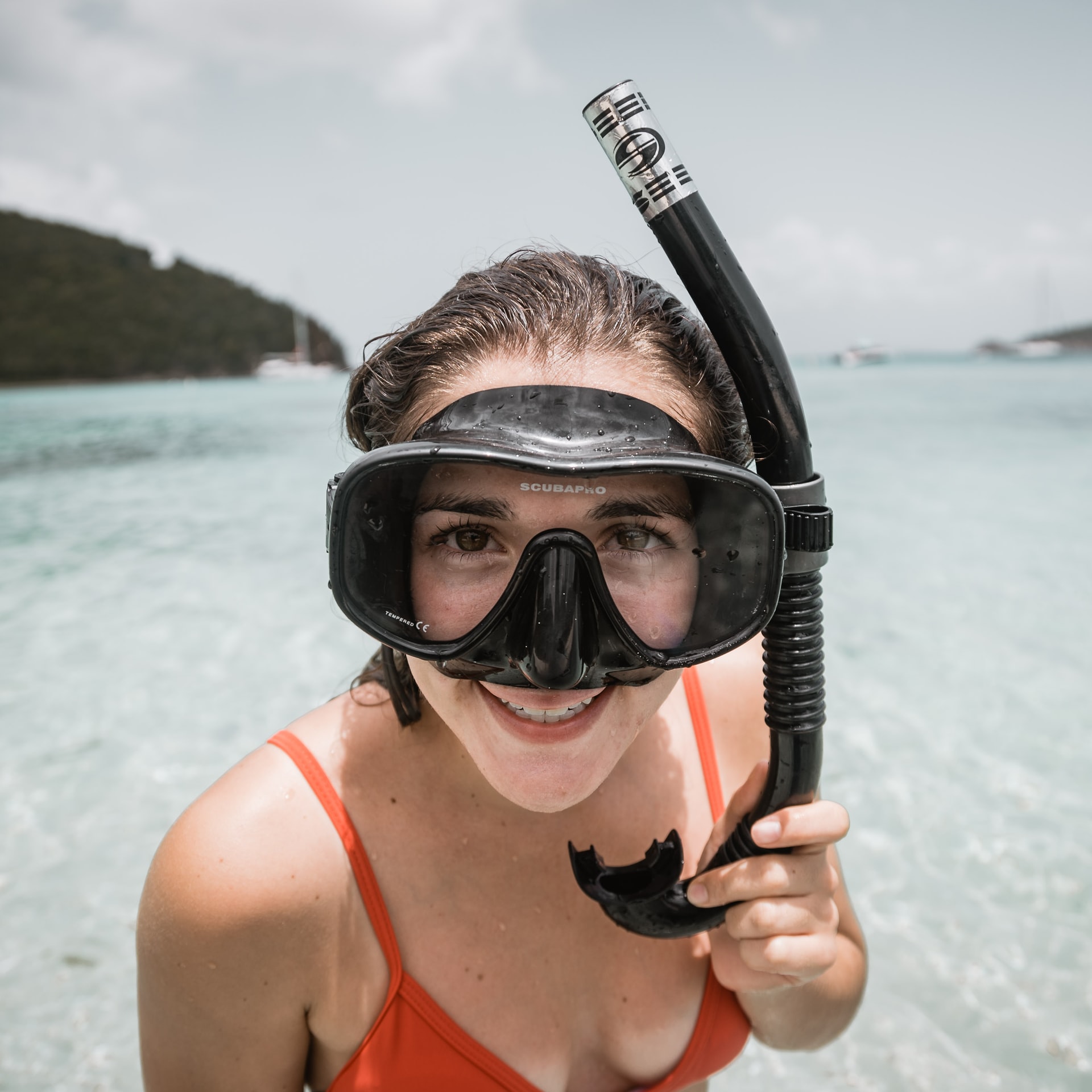
How Do Snorkel Masks Work? (+Regular Vs. Full-Face Masks)
-
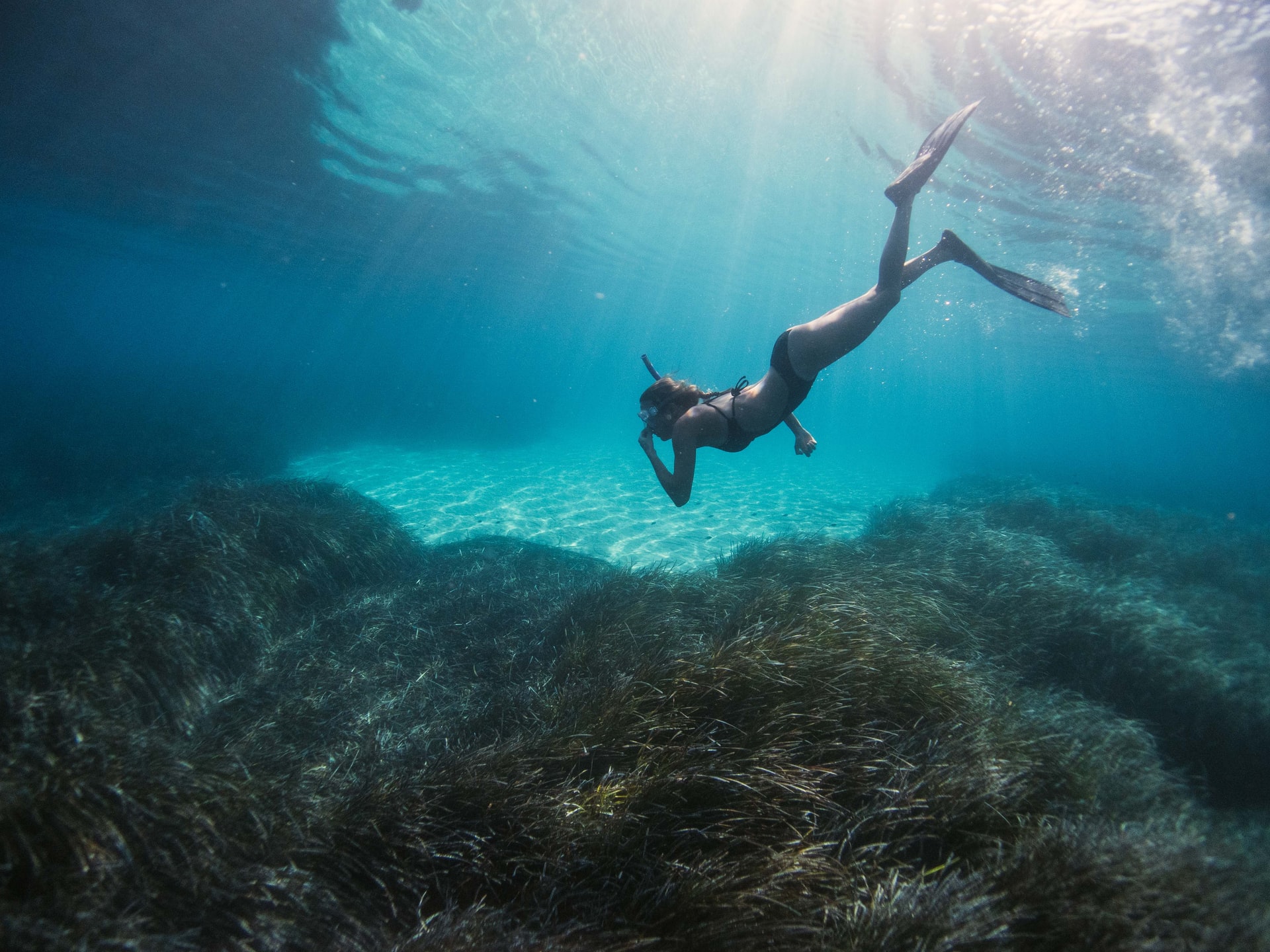
Why Does Snorkeling Make Me Nauseous? (11 Causes & Remedies)
-
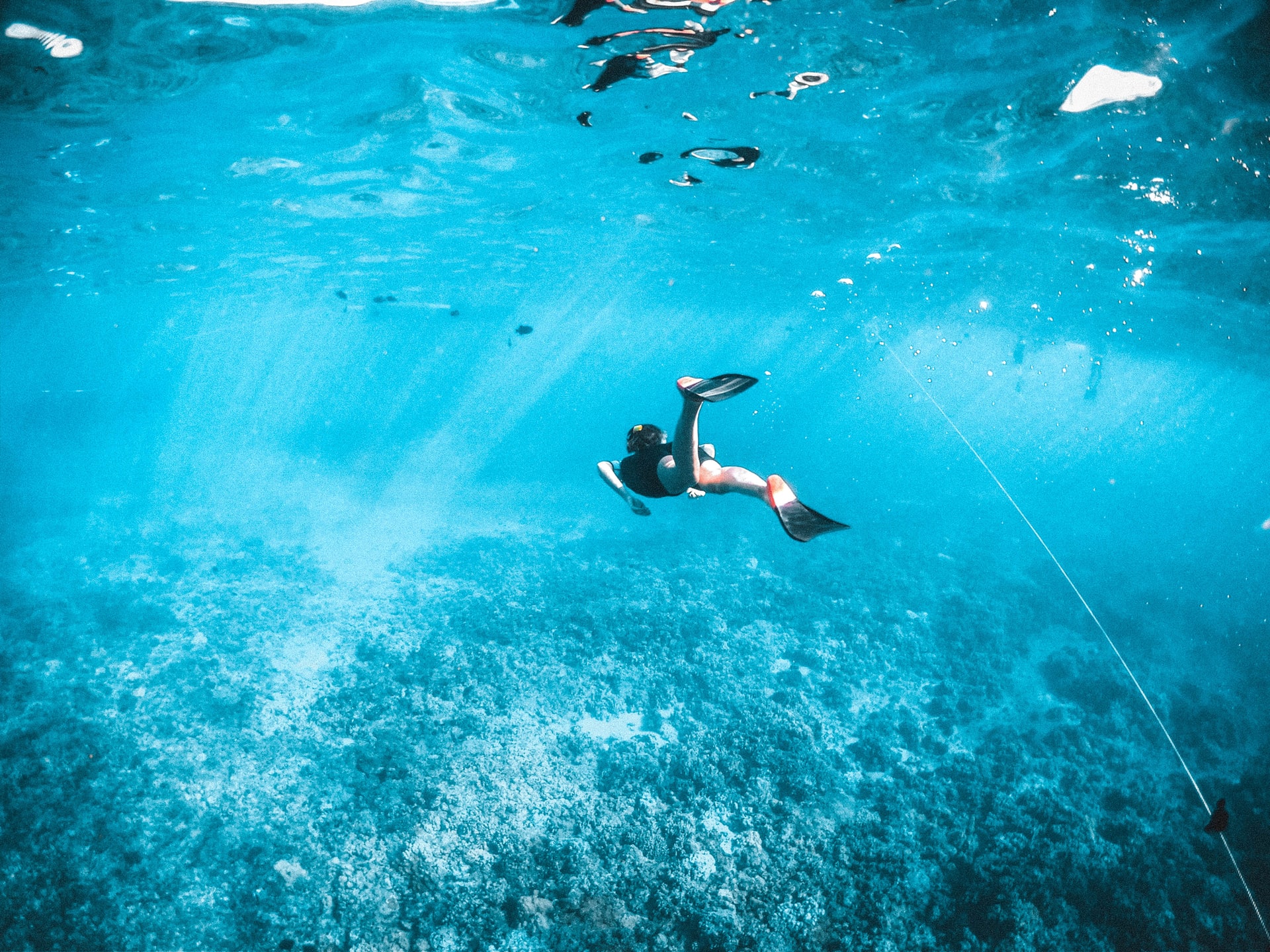
What Does Snorkeling Feel Like? FAQs Answered (for Beginners)
-
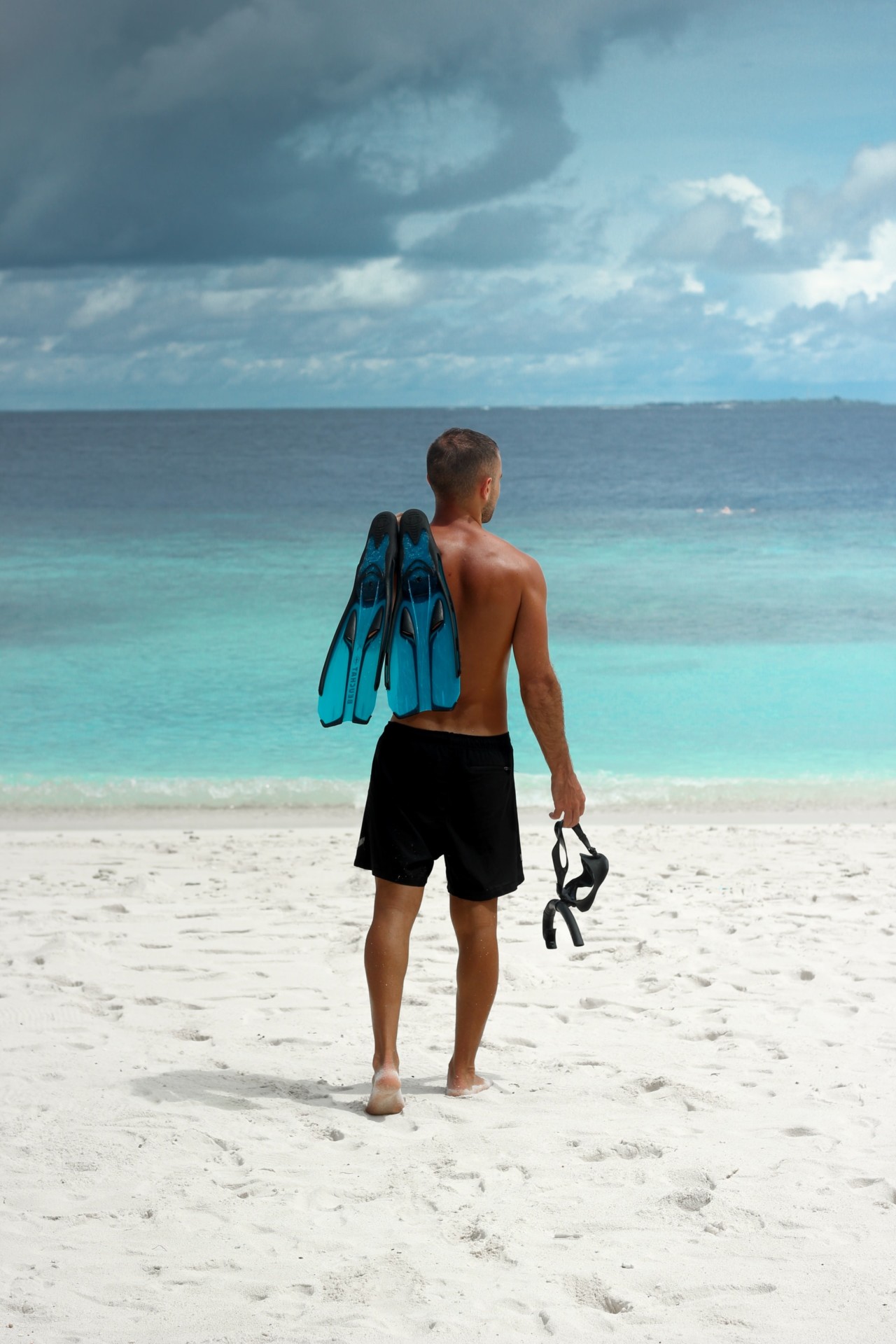
Does Rain Affect Snorkeling Visibility? 4 Ways It Does (+Helpful Tips)

